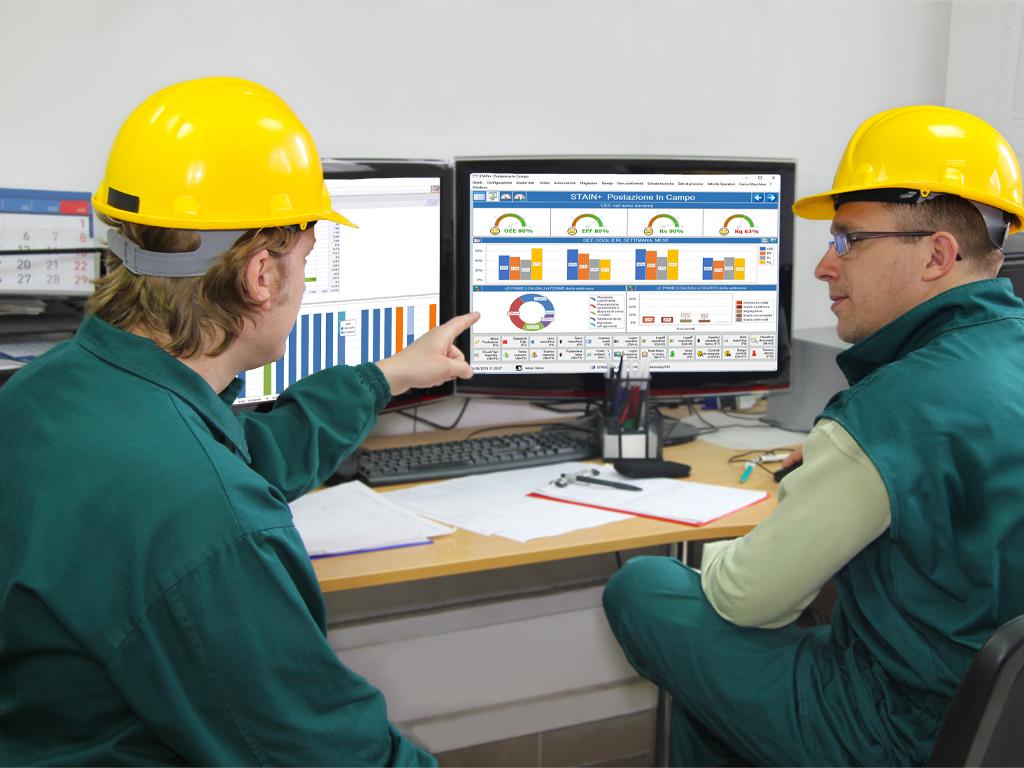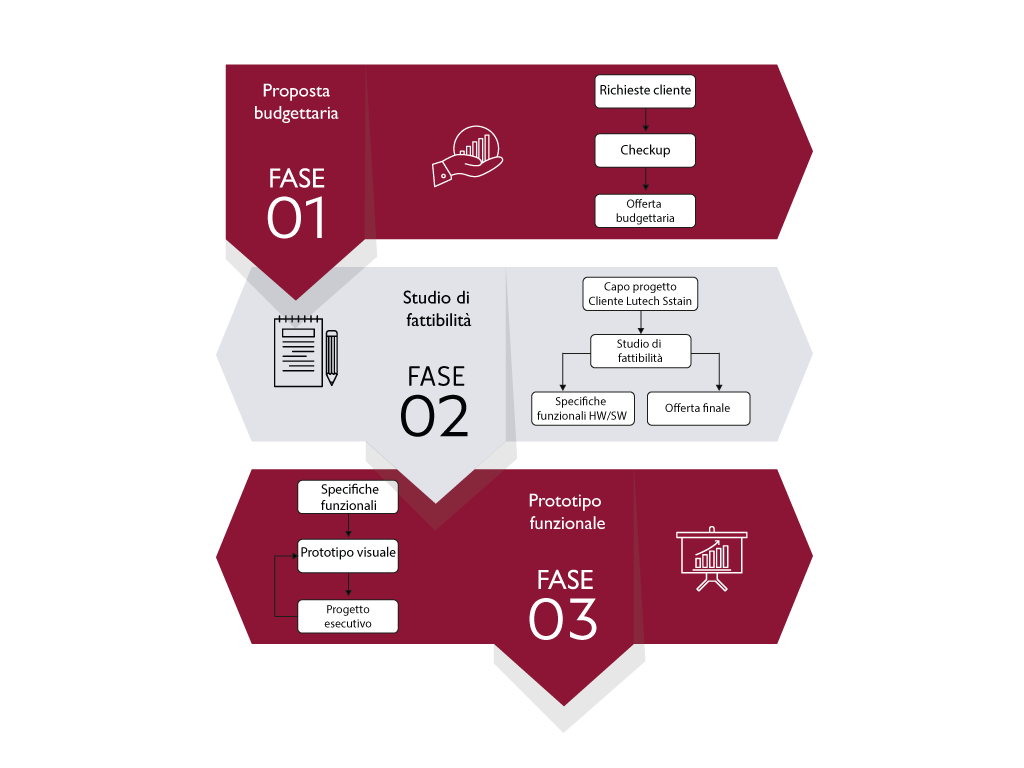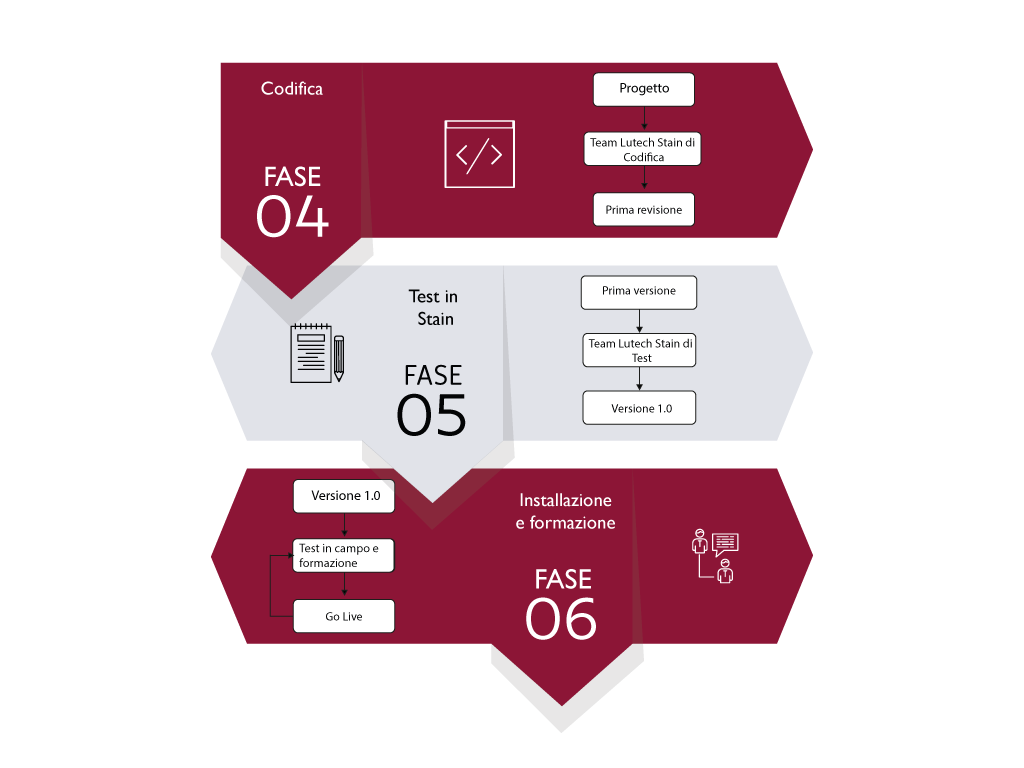
- Awareness of continuous monitoring;
- Real-time interventions;
- Data and know-how shared by all corporate functions;
- Periodic meetings to analyse data, plan improvement actions and assess the effectiveness of actions in progress based on reliable certain data and not on impressions;
- A Customer Project Leader who follows the initial project, provides training to all the users and promotes continuous improvement based on data analysis;
- Human resources, time, budget and training to prevent the MES systems from becoming, upon installation, a sort of video game with many diagrams that the operator only views occasionally.

- The belief that data is gathered and processed “compulsorily”;
- Store data without anyone viewing it;
- A Non-Open approach to change: "impossible", "we’ve always done that way"
- Thinking it is just a technological issue: "I put PCs or tablets in the factory floor".
- Have an approach not oriented to the objective measurement of processes
- Failure to train personnel on the use of the system and data analysis;
- Failure to share production data.
Within the MES systems, not all the digitalisation requirements can be met with ready-configured standard products.
In complex or very specific situations you needto design and develop specific solutions that incorporate the specificities of the production processes and customers, starting from STAIN products or by developing ad-hoc solutions. For all projects of this kind, STAIN has developed a specific approach that follows a precise procedure:

- FEASIBILITY STUDY – In the preliminary phase, it is essential to start with a feasibility study to define the system architecture and assess project actions to implement the specifics of production management processes in all departments, and quantify project days that will be required, otherwise it would be impossible to define mutually agreeable project timescales and budgets.
- APPOINTING A PROJECT MANAGER – For the project to be successful the customer must appoint a project manager to liaise with STAIN and oversee the entire project lifecycle.
- PROTOTYPING – After the feasibility study, a simulation model is developed to enable all users to check that the design complies with requirements. This is to prevent coding from commencing without the certainty that all project flows, operator interfaces and system use models have been fully understood by all users and meet expectations.

- CODING – After fine tuning the prototype, the project team develop the database artefacts and code for the technological environment selected, using the prototype and functionality specifications.
- TESTING – On completion of coding, to ensure product quality and provide operators in the field with a secure, reliable solution, a team other than the development team carries out testing to find errors that programmers don't normally detect.
- TRAINING – During the field roll-out phase, training is provided for the project manager, who will have to inform all users about methods of use and data analysis.